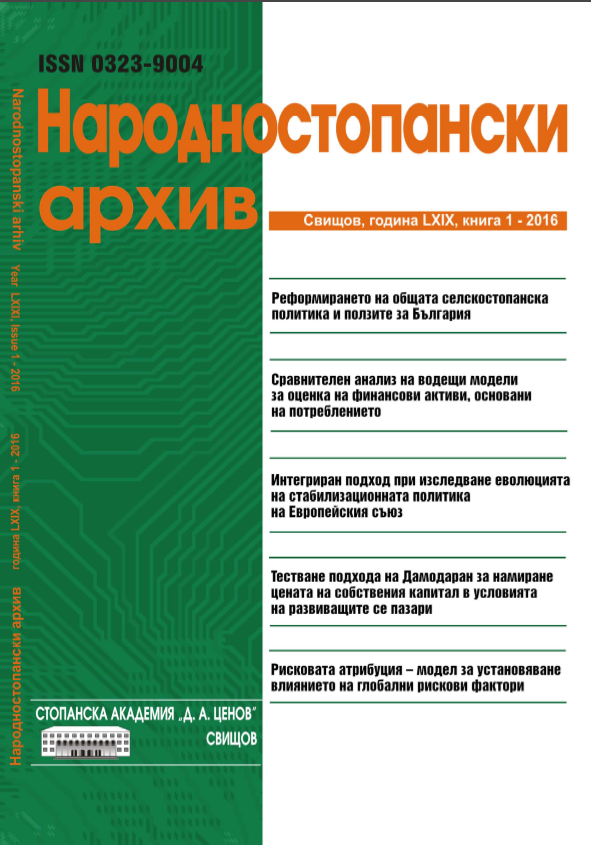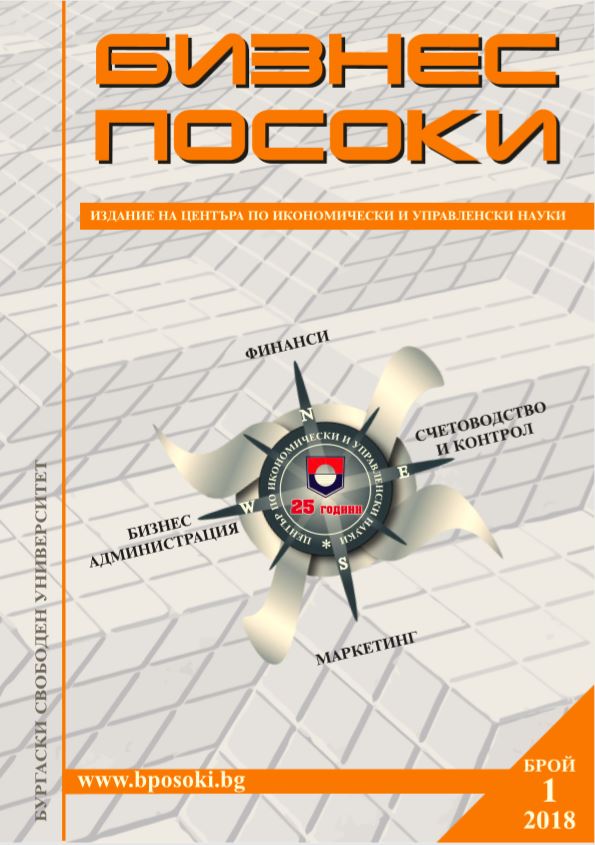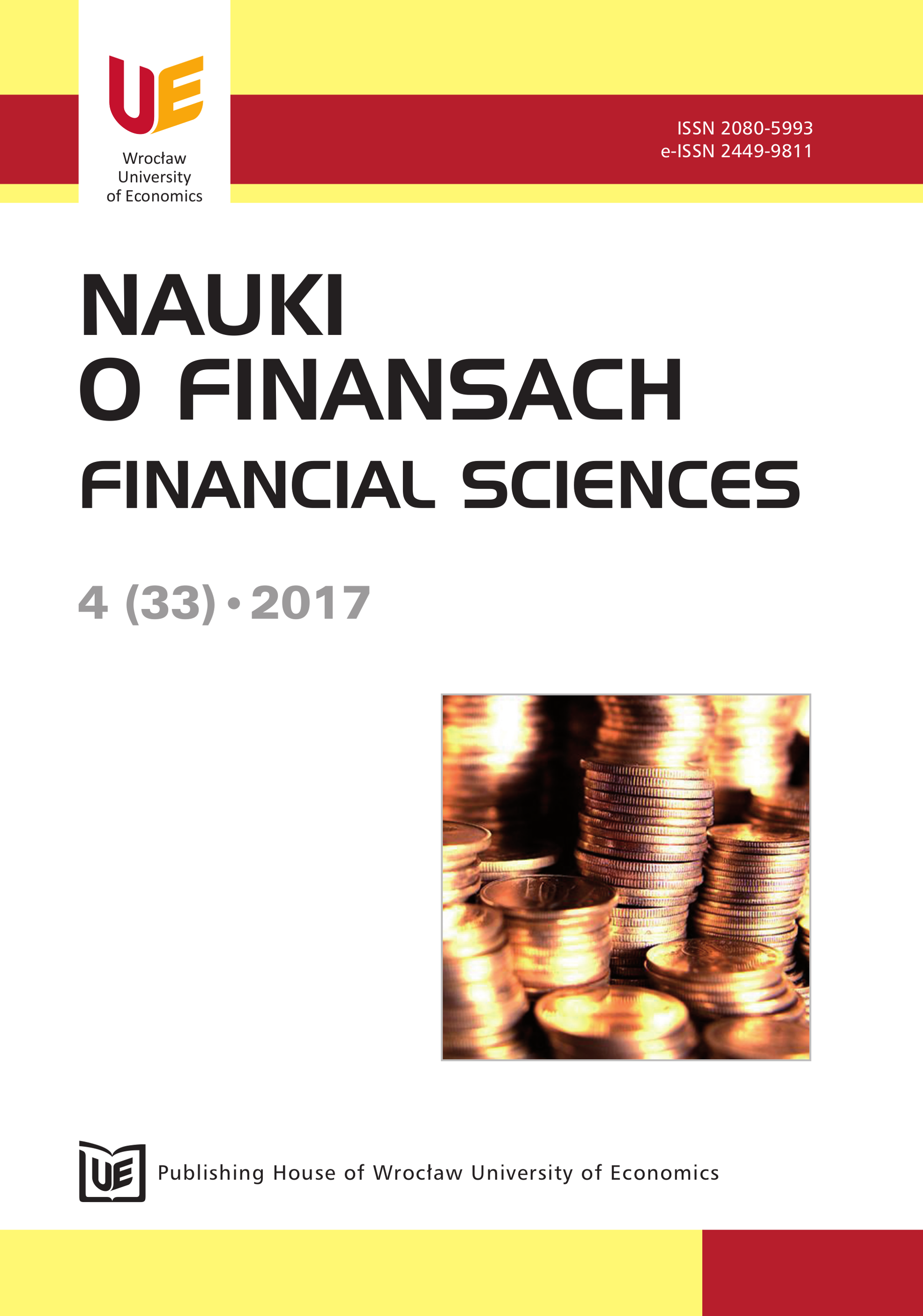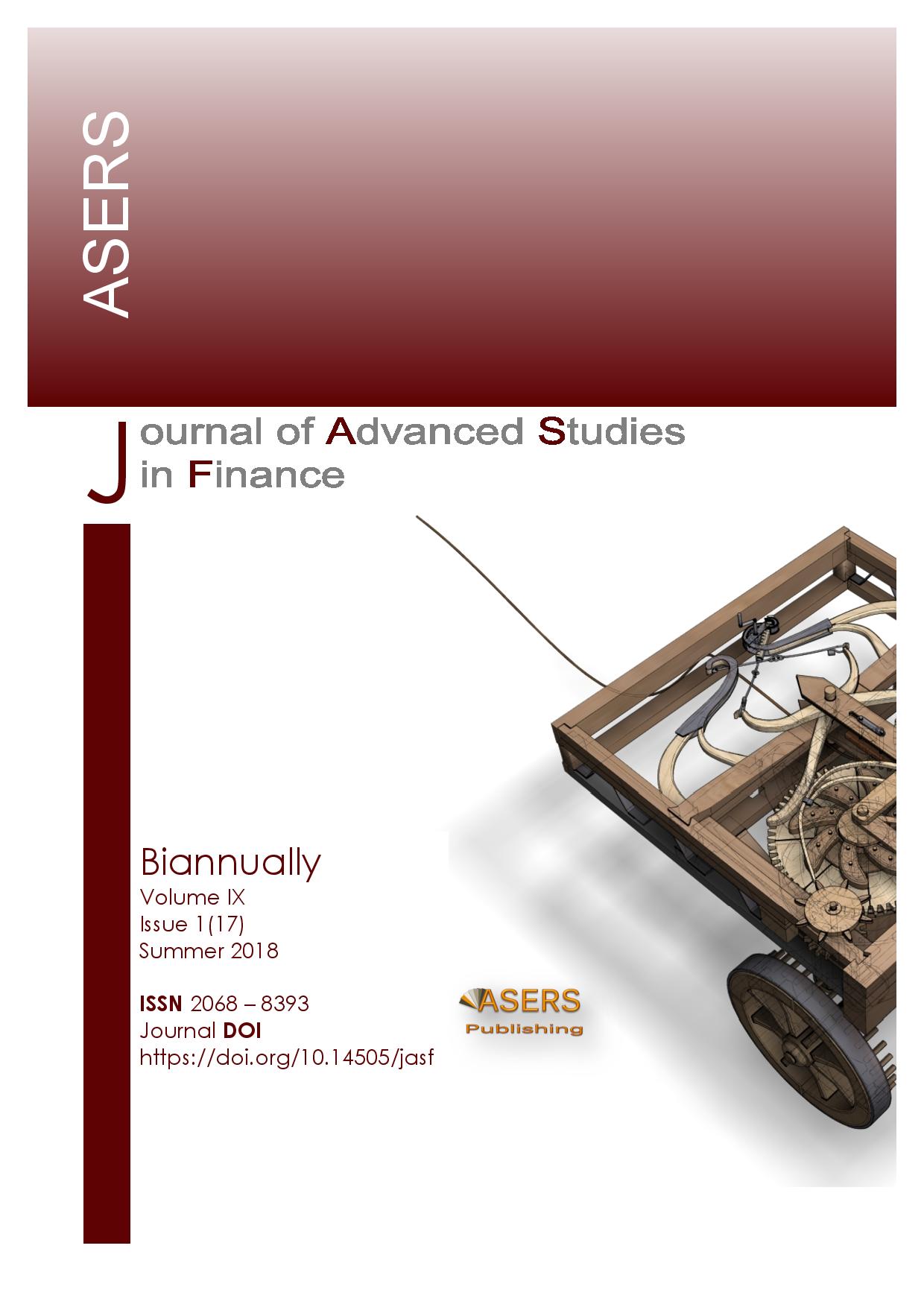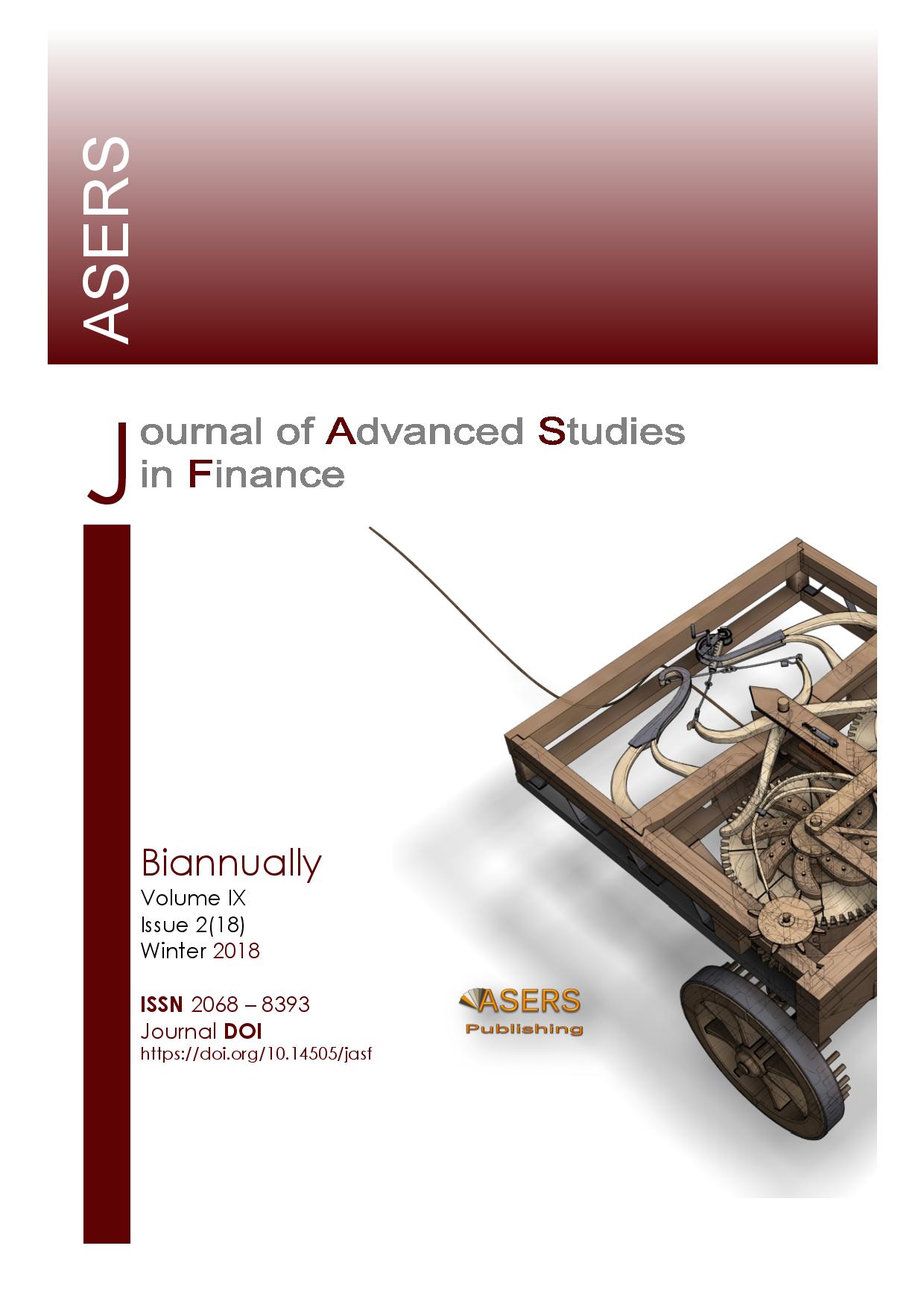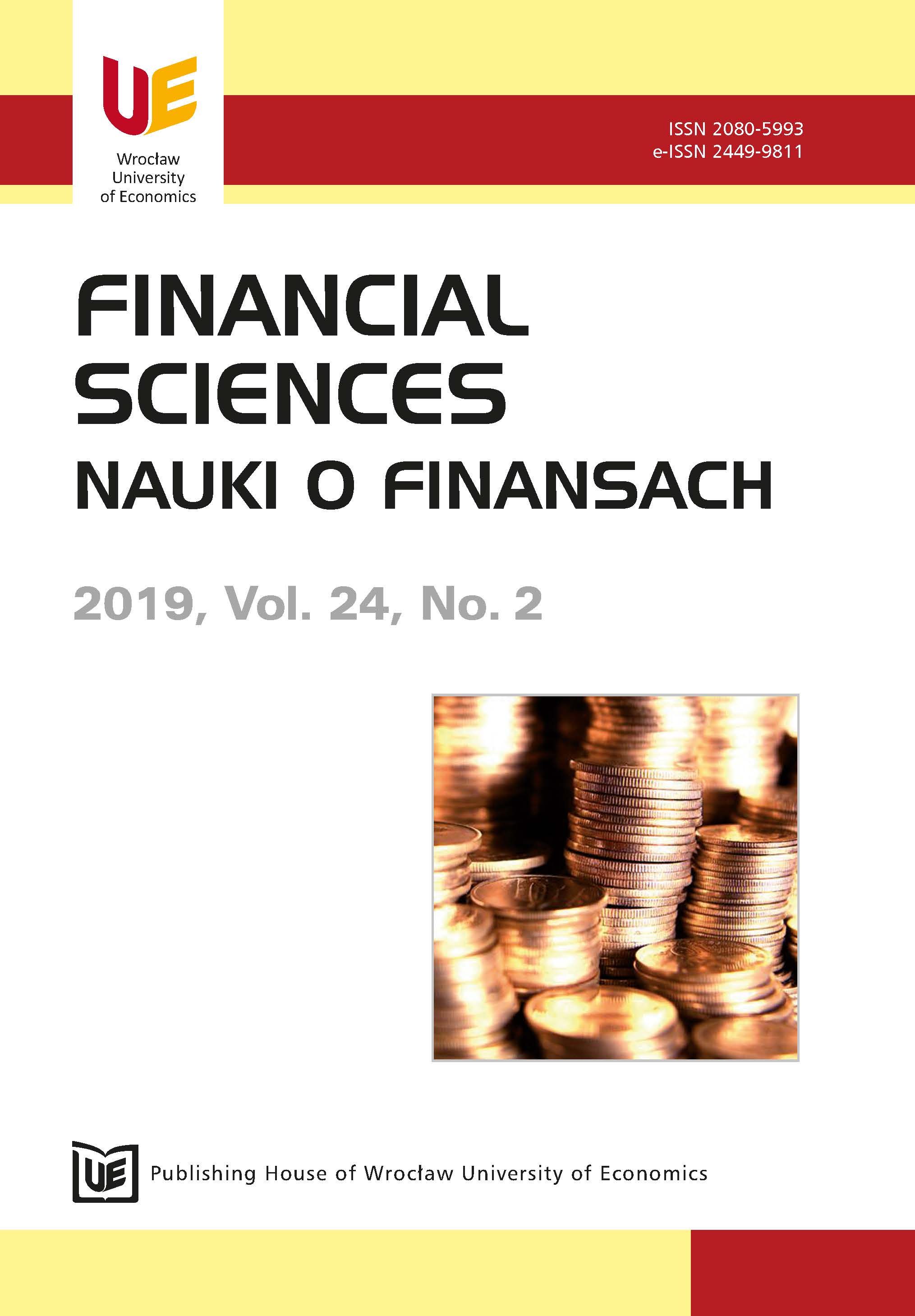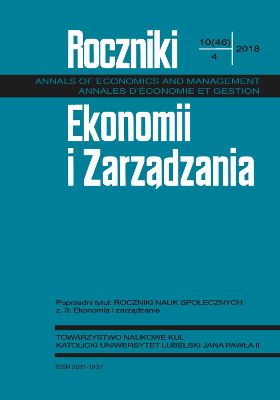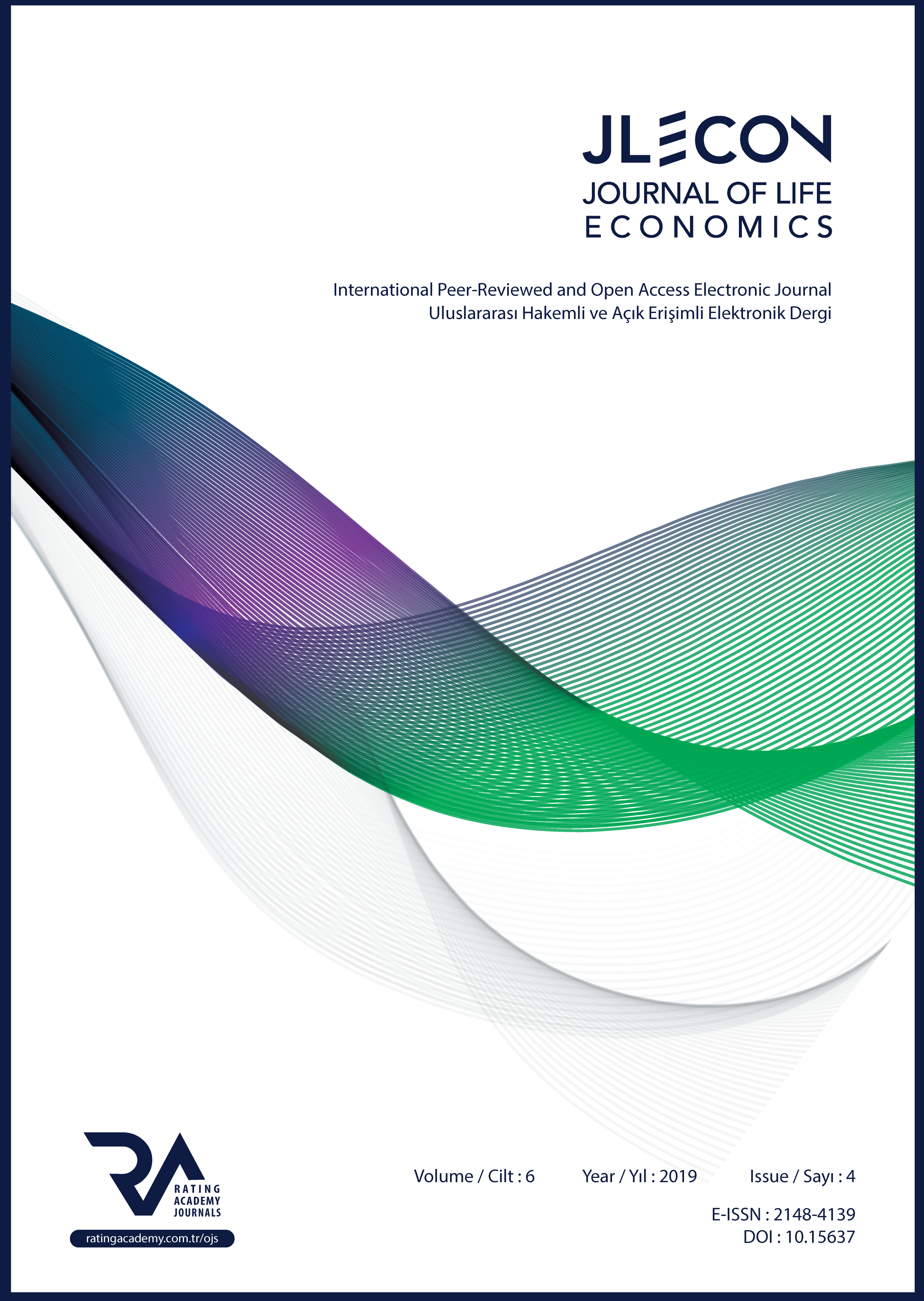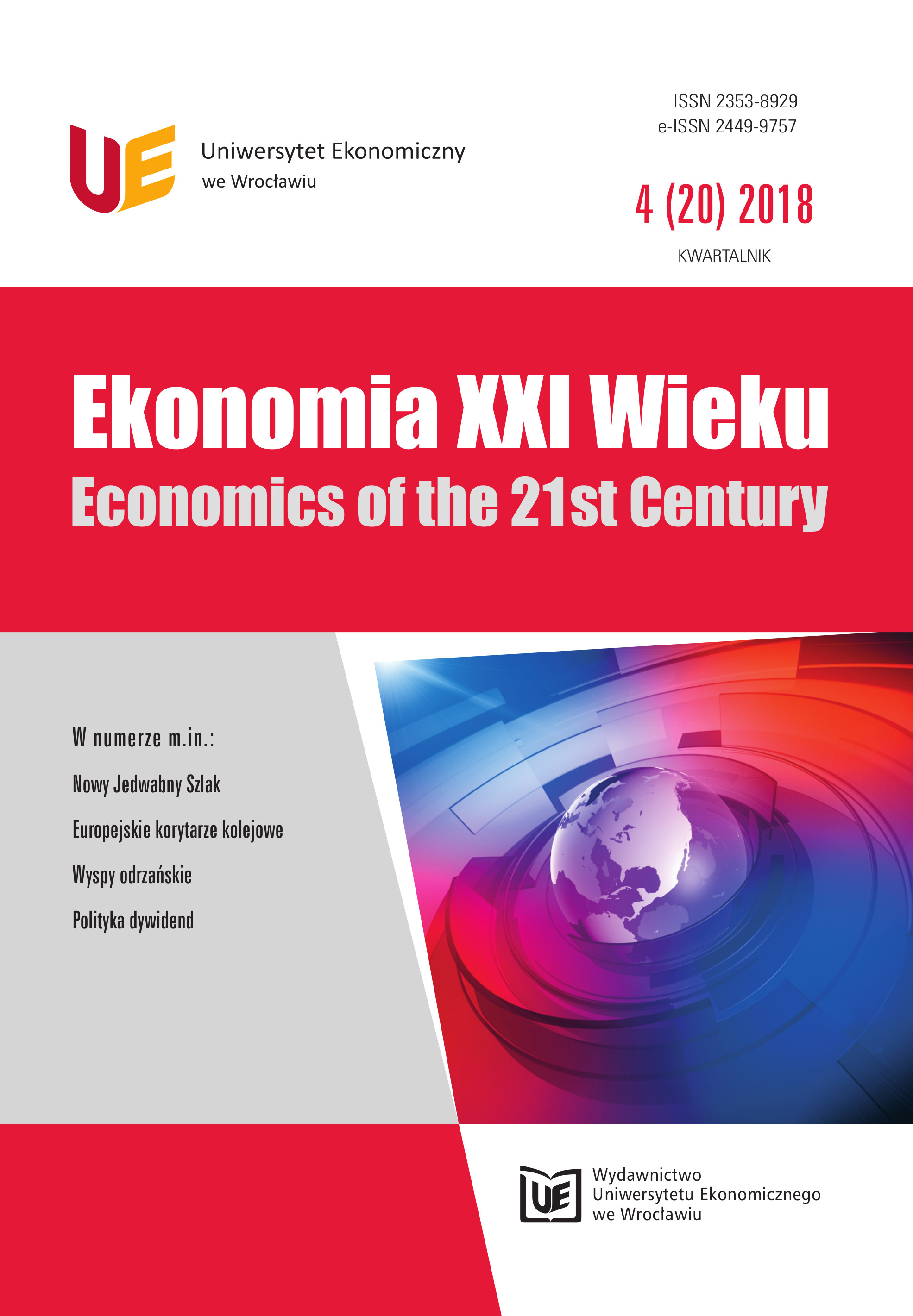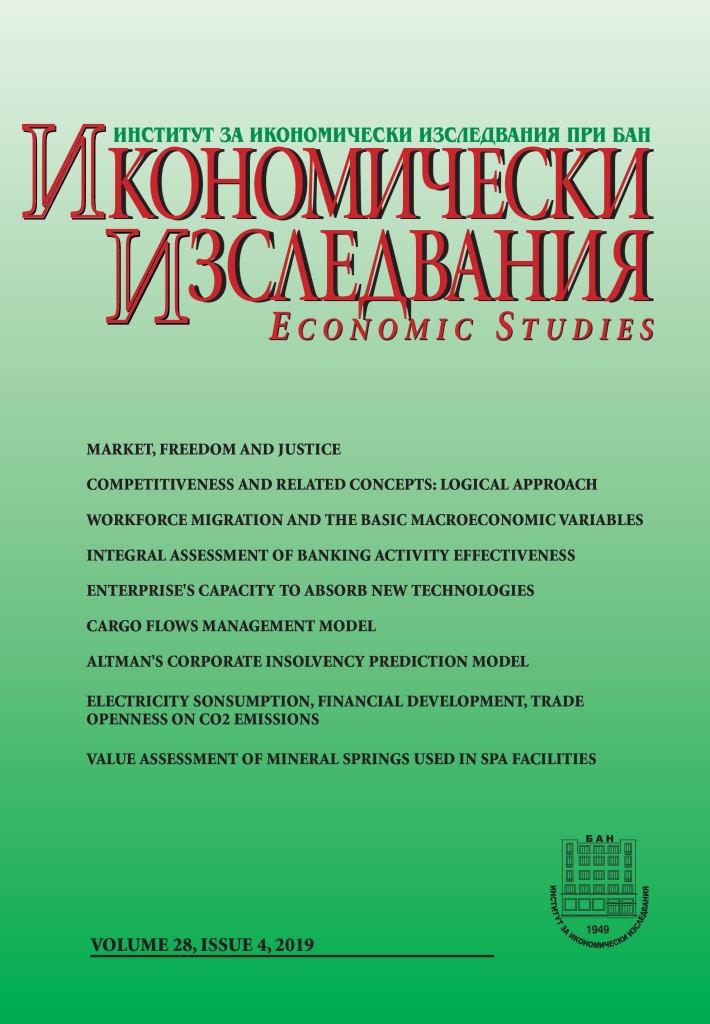Author(s): Jacek Uchman / Language(s): Polish
Issue: 20/2018
Praca ukazuje podstawowe zależności między systemem podatku dochodowego a sferą podziału zysku spółek akcyjnych pomiędzy akcjonariuszy będących osobami fizycznymi w układzie krajowym (system podatku dochodowego jest tu definiowany jako interakcje podatku dochodowego od osób prawnych (CIT) i podatku dochodowego od osób fizycznych (PIT) w obszarze podwójnego opodatkowania). Pytanie badawcze brzmi następująco: czy system podatku dochodowego uprzywilejowuje określone decyzje podatników w obszarze wypłat z zysku. Innymi słowy, czy są zależności w systemie podatkowym, przede wszystkim na poziomie stawek, które premiują zatrzymanie zysku, a nie jego wypłatę. Podstawową metodą badawczą zastosowaną w artykule jest, przejęta przez autora za wiodącymi pracami teoretycznymi dotyczącymi tego zagadnienia, analiza porównawcza konsekwencji finansowych wybranych regulacji podatkowych. Przydatna do oceny tego zjawiska jest również zasada neutralności opodatkowania. Skoncentrowano się na porównaniach regulacji wewnątrz systemu podatkowego. Zastosowana w pracy metoda badawcza jest dostosowana do analizowanej problematyki. Należy zaznaczyć, że pełne dane o odpowiedniej rozdzielczości dla kompleksowej analizy i oceny rozwiązań stosowanych w ramach poszczególnych norm prawnych nie są dostępne. Metoda porównawcza połączona jest zatem (jak to często ma miejsce w przypadku rozważań ekonomicznych nad podatkami) z wnioskowaniem dedukcyjnym i nieuniknionym redukcjonizmem. Jednym z podstawowych wniosków z przeprowadzonych analiz jest to, że przy wypłacie dywidend osobom fizycznym podwójne opodatkowanie powoduje podrożenie finansowania kapitałem akcyjnym, przez co może zniechęcać do emisji nowych akcji i wypłat z zysku. W badanym okresie zyski zatrzymane są w warunkach polskich lekko uprzywilejowane podatkowo. Analizując łączne podwójne opodatkowanie przy wypłacie dywidend na przykładzie polskiego systemu podatkowego, można powiedzieć, że łączny ciężar podatkowy podwójnego opodatkowania jest w ostatnich 15 latach stały, bez uwzględnienia występujących od 2017 roku preferencji dla małych podatników i podatników rozpoczynających działalność. Wykazano, że dla stawek i sposobu poboru podatków dochodowych w Polsce za lata 2004-2019 nie ma jednoznacznych preferencji do inwestowania wypłacanych zysków przez osoby fizyczne w porównaniu z analogicznymi inwestycjami dokonywanymi przez osoby prawne. Wskazano także, że dla osób fizycznych, mimo identycznych stawek w PIT, korzystniejsze podatkowo od wypłat dywidend jest osiąganie zysków kapitałowych, przede wszystkim dzięki możliwości odraczania ich realizacji. Tak jest także wtedy, gdy przyjmiemy, że również w przypadku zysków kapitałowych można mówić o podwójnym opodatkowaniu. Ukazano tym samym, że ciężar podwójnego opodatkowania jest z reguły większy w przypadku wypłat dywidend na rzecz akcjonariuszy niż w przypadku zatrzymania zysków. Uzależnione jest to od poziomu wskaźnika wypłat dywidendy, gdyż drugi podatek nakładany jest tylko na tę część dochodu, która jest wypłacana w postaci dywidend. Zatrzymaniu zysków będą sprzyjały zmiany w CIT wprowadzone w 2019 roku. Pozwalają one uznać istnienie kosztów podatkowych w przypadku własnego finansowania wewnętrznego. Powodują zatem obniżenie kosztów finansowania wewnętrznego. Pokazano także w pośredni sposób, że w porównaniu z podatkiem CIT znaczenie samego opodatkowania dywidend dla budżetu państwa jest nieduże. Z punktu widzenia polityki podatkowej w skali makroekonomicznej pojawia się pytanie, czy nie należałoby obniżyć opodatkowania dywidend jako elementu wpływającego na koszt kapitału własnego, co mogłoby stymulować wzrost inwestycji. Wydaje się jednak, że ostatnie regulacje w podatku CIT zmierzają do tego, aby obniżyć koszt podatkowy zysków zatrzymanych. Być może ustawodawca uznał, że skoro jest to ważniejsze źródło finansowania przedsiębiorstw w gospodarce niż emisja akcji, to należy wspierać podatkowo właśnie tę formę zasilania kapitałowego. Aspekt międzynarodowy opodatkowania ze względu na jego rozległość nie jest w tym opracowaniu omawiany.
More...
